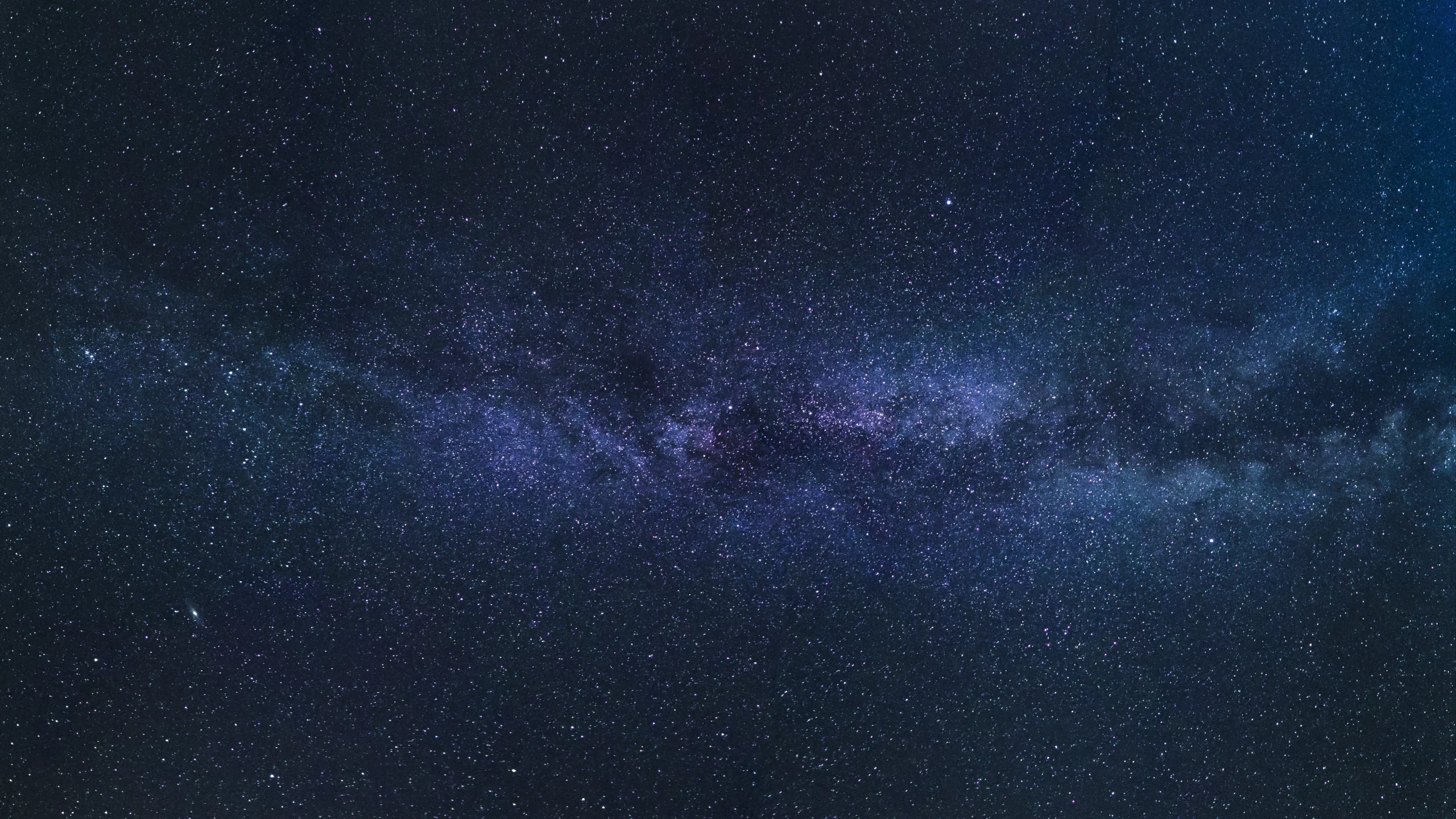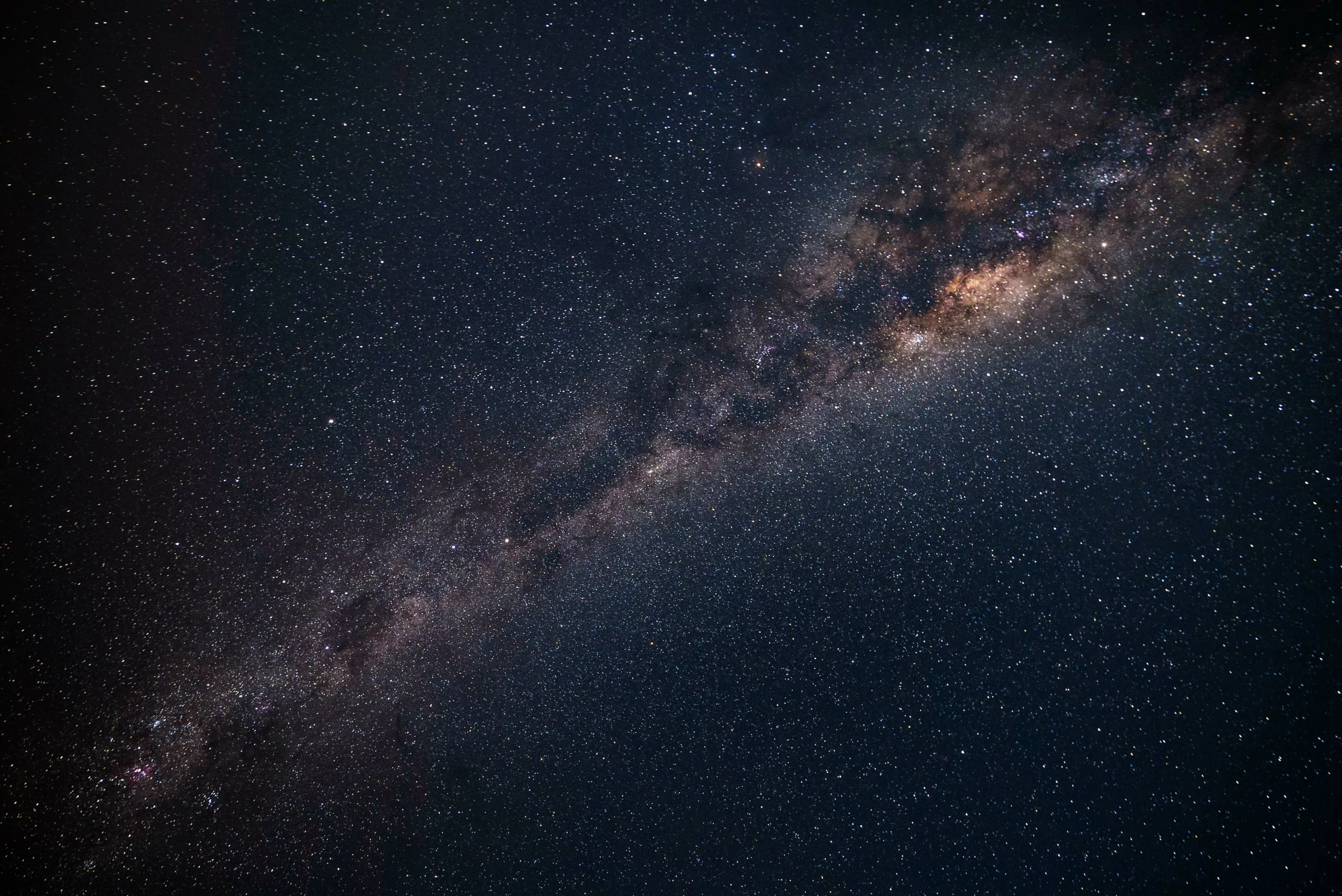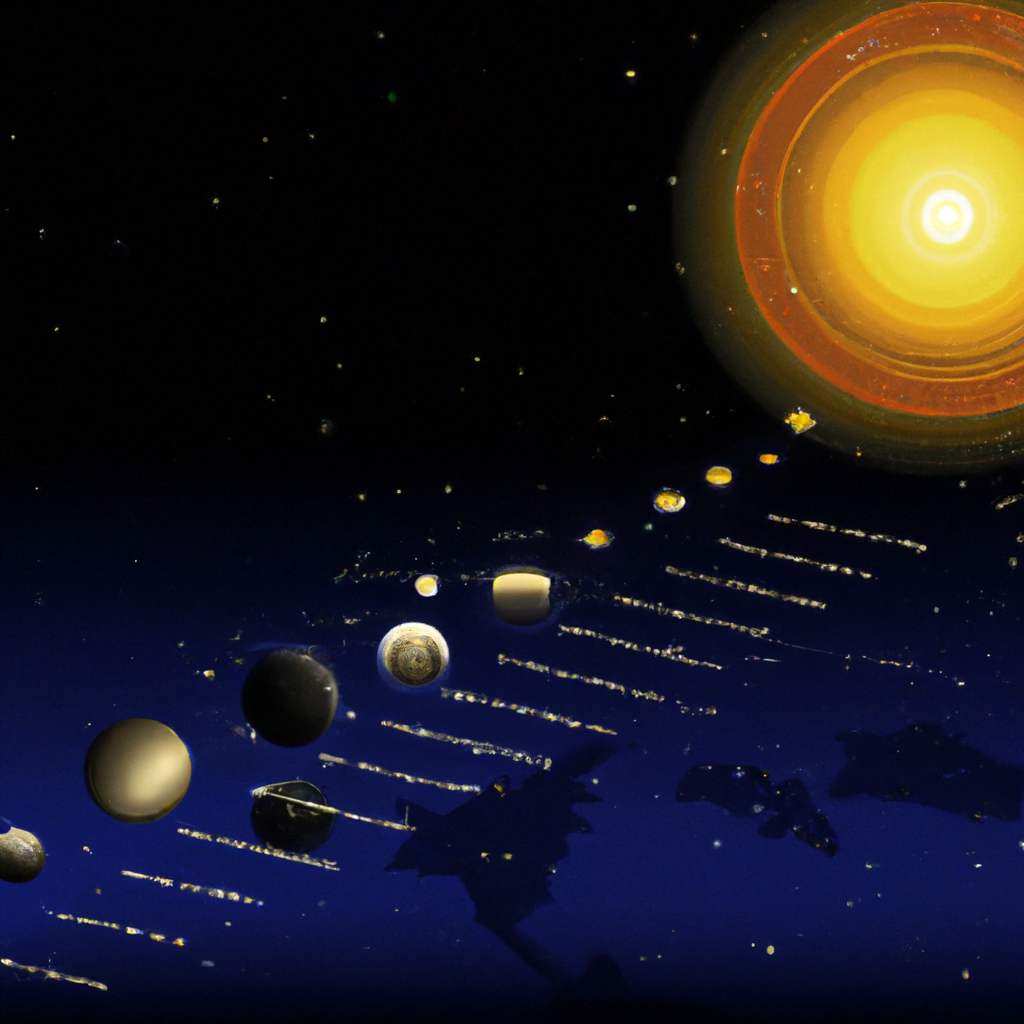Imagine standing on top of a mountain, surrounded by the vast expanse of the night sky, with stars twinkling above you. Have you ever wondered how altitude and location can impact the way we observe celestial objects? In this article, we will explore the fascinating relationship between altitude, location, and the accuracy of celestial observations. From the effects of atmospheric conditions to the reduction of light pollution, get ready to discover the secrets behind the perfect stargazing spot and how it can enhance our understanding of the universe. So, grab your telescope and join us on this celestial adventure!

Table of Contents
Altitude
Effect on atmospheric conditions
Altitude plays a significant role in determining the atmospheric conditions for celestial observations. As you climb higher in elevation, the air becomes thinner, leading to lower air pressure. This decrease in air pressure results in reduced density, humidity, and temperature of the atmosphere. These changes in atmospheric conditions can have a profound impact on celestial observations.
At higher altitudes, the thinner air allows for less atmospheric distortion and scattering of light. This improves image quality and clarity, making it easier to observe celestial objects with finer details. Additionally, the lower humidity at higher altitudes reduces or eliminates the presence of water vapor in the atmosphere, which can cause blooming or blurring of images.
Effect on atmospheric turbulence
Another crucial factor influenced by altitude is atmospheric turbulence. As you go higher up in altitude, there is often a decrease in the intensity of atmospheric turbulence. Turbulence is caused by the mixing of air masses of different temperatures, resulting in the distortion and blurring of celestial objects. By observing from higher altitudes, you can mitigate the effects of turbulence and obtain clearer views of the night sky.
Effect on cloud cover
Altitude also impacts the occurrence of cloud cover. Mountains and elevated locations tend to experience lower cloud cover compared to low-lying areas. The higher you go, the more likely you are to be above the cloud layer, providing clearer skies for celestial observations. Cloud cover can obstruct the view of stars, planets, and other celestial objects, so being at a higher altitude increases your chances of enjoying uninterrupted observations.
Effect on light pollution
One significant advantage of higher altitudes is the reduced impact of light pollution. Light pollution is caused by human-made artificial lights that scatter and reflect off particles in the atmosphere, creating a bright haze that obscures the night sky. By positioning yourself at higher altitudes, you can escape the glow of city lights and experience darker skies with better visibility of celestial objects. This allows for more accurate and detailed observations, particularly of fainter stars and deep-sky objects.
Location
Effect on visibility of celestial objects
Apart from altitude, the geographical location also affects the visibility of celestial objects. Different locations on Earth offer varying degrees of visibility due to factors like latitude, longitude, and surrounding topography. The curvature of the Earth influences what celestial objects are visible from a specific location.
For example, locations closer to the equator have a wider range of celestial objects visible throughout the year, including both northern and southern hemispheres. Conversely, locations nearer to the poles may have limited visibility of certain celestial objects due to their positioning in relation to the Earth’s rotation.
Effect on horizon views
The location, particularly the surrounding topography, has a substantial impact on the overall view of the horizon. Mountains, trees, and other physical obstructions can obstruct the line of sight, limiting the visibility of objects near the horizon. This is particularly relevant for observing events such as moonrises, sunsets, and planetary alignments that occur close to the horizon.
Choosing a location with a clear and unobstructed horizon allows for a broader and more panoramic view of the sky. It not only enhances the aesthetic experience but also enables the observation of celestial events that unfold near the horizon.
Effect on celestial coordinates
The position on Earth directly affects the celestial coordinates of celestial objects. The celestial coordinate system, which includes right ascension and declination, is based on the Earth’s axis of rotation and its relation to the celestial sphere. Consequently, the observer’s latitude and longitude play a crucial role in determining the apparent position of celestial objects in the sky.
Different latitudes result in varied apparent positions of celestial objects. Observers near the equator will see objects passing directly overhead, while those closer to the poles will observe objects at lower angles above the horizon. This disparity emphasizes the necessary considerations of location when planning celestial observations or astrophotography.
Effect on atmospheric absorption
The geographical location impacts the amount of atmospheric absorption that celestial objects experience. Earth’s atmosphere absorbs certain wavelengths of light, particularly in the infrared and ultraviolet regions. The degree of absorption varies with atmospheric composition, altitude, humidity, and other factors influenced by location.
Depending on the location, atmospheric absorption can significantly affect observations of specific celestial objects or events. Understanding the characteristics of the atmosphere at a given location is essential for compensating for any absorption effects and obtaining accurate measurements or images.
Altitude and Technology
Effect on telescope performance
Altitude is a critical factor in optimizing telescope performance. Higher altitudes provide several advantages for telescopes, including better stability and reduced atmospheric disturbances. Above the lower layers of the atmosphere, which are often more turbulent, telescopes at higher altitudes experience less vibration and less interaction with air currents, resulting in more stable images.
Moreover, the decreased air density at higher altitudes leads to less thermal turbulence, which can cause air currents to distort the incoming light. This stability is particularly beneficial for large telescopes and high-resolution imaging, enabling the capture of finer details that could be lost at lower altitudes.
Effect on satellite observations
Altitude also affects satellite observations. Satellites in low Earth orbit (LEO) appear to move faster across the sky and have shorter observation windows from any given location. Conversely, satellites in higher orbits have slower apparent motion, remaining visible for extended periods.
The observer’s altitude impacts the visibility and accessibility of various satellites, including weather satellites, communication satellites, and amateur radio cubesats. Higher altitudes offer increased opportunities to observe and track satellites, as well as capture imagery or data transmissions from these orbiting objects.
Location and Seasonal Variations
Effect on the visibility of specific celestial events
Location influences the visibility of specific celestial events, especially those unique to certain times of the year. These events might include meteor showers, eclipses, or the appearance of particular planets. The time and location of these occurrences can coincide to create extraordinary opportunities for celestial observation.
For instance, observing meteor showers requires being in the right place at the right time. Some showers are best viewed from specific latitudes due to the angle at which Earth intersects the meteor stream. Being at the ideal location increases the chances of witnessing a more spectacular display of shooting stars.
Effect on the presence of constellations
Different locations on Earth provide varied views of the night sky, resulting in differences in the visibility and prominence of constellations. The positioning of stars in constellations appears to shift as you move across latitudes, affecting their apparent orientation and visibility.
For example, the well-known constellation Orion appears higher in the sky for observers at lower latitudes in the Northern Hemisphere, making it more prominent and easily recognizable. Moving towards higher latitudes, such as those closer to the Arctic Circle, can make Orion appear closer to the horizon, potentially altering its recognizability and prominence.

Altitude and Astronomical Seeing
Effect on image quality
Astronomical seeing refers to the quality of observing conditions, particularly the steadiness of the atmosphere. Higher altitudes often offer improved astronomical seeing due to reduced atmospheric disturbances. The thinner air at higher altitudes minimizes the blurring and distortion caused by atmospheric turbulence, resulting in sharper and more detailed images.
For astronomers and astrophotographers seeking the best possible image quality, observing from higher altitudes or mountainous regions is advantageous. The clearer and more stable atmosphere enhances the ability to capture fine details and subtle features of celestial objects.
Effect on star clarity
The clarity of stars is also affected by altitude. As you ascend to higher altitudes, stars appear to be brighter and more distinct due to the reduced atmospheric interference. The thinning atmosphere reduces scattering of light, leading to improved star visibility and a darker background sky.
At higher altitudes, this enhanced clarity enables the observation of fainter stars that may be obscured or washed out by light pollution and atmospheric conditions at lower elevations. Advancing to higher altitudes can provide a truly awe-inspiring view of the multitude of stars that form our night sky.
Location and Celestial Navigation
Effect on determining latitude and longitude
Location plays a pivotal role in determining both latitude and longitude using celestial navigation techniques. The position of celestial objects, such as stars, the Sun, and the Moon, can be used to accurately determine the observer’s latitude and longitude.
When using celestial navigation, the altitude of celestial objects above the horizon, as measured from a particular location, provides valuable information for establishing latitude. Additionally, the azimuth, or direction, of these objects, helps determine longitude. By taking these measurements from different locations at specific times, accurate latitude and longitude readings can be obtained.
Effect on celestial navigation accuracy
The accuracy of celestial navigation heavily relies on location. Accurate measurements of celestial objects require a clear and unobstructed view of the sky, free from nearby obstacles or light pollution. Selecting a location with optimal visibility and minimal interference maximizes the accuracy and reliability of celestial navigation techniques.
Additionally, the observer’s position relative to the celestial equator can affect the accuracy of readings. Being closer to the celestial equator allows for easier observations and calculations, resulting in more precise determinations of latitude and longitude.

Altitude and Astronomical Phenomena
Effect on atmospheric refraction
Altitude influences atmospheric refraction, which is the bending of light as it passes through different layers of the atmosphere. This refraction causes celestial objects to appear slightly higher in the sky than their true positions, especially when they are closer to the horizon.
Higher altitudes can reduce the effect of atmospheric refraction, allowing for more accurate measurements and observations. This is particularly significant when studying objects near the horizon, such as sunsets, moonrises, or planets that are close to the Earth’s limb.
Effect on twilight duration
Twilight, the period before sunrise and after sunset, is affected by altitude. As you ascend to higher altitudes, the duration of twilight typically increases. This is because the angle at which the Sun’s rays interact with the atmosphere changes, leading to a more gradual transition from day to night.
In practical terms, longer twilights at higher altitudes can provide astronomers and photographers with extended opportunities for capturing various phenomena during these transitional periods. It allows for more time to set up equipment, plan observations, and experience the beautiful colors and atmospheric effects that occur during twilight.
Location and Astronomical Observatories
Effect on telescope selection and capabilities
The choice of location greatly influences the design and capabilities of astronomical observatories. Various factors, such as altitude, light pollution, weather conditions, and geographic features, need to be considered when selecting a site for an observatory.
High-altitude locations are often preferred for observatories to take advantage of the improved atmospheric conditions, reduced light pollution, and stability of the higher altitudes. Such observatories offer advanced telescopes and instrumentation, enabling astronomers to conduct cutting-edge research and explore the universe in greater detail.
Effect on access to dark sky areas
Location determines access to dark sky areas, which are regions with minimal light pollution and optimal stargazing conditions. These areas are sought after by amateur astronomers, astrophotographers, and researchers due to the exceptional visibility of celestial objects they provide.
Choosing a location close to or within a designated dark sky area allows for breathtaking views of the night sky, undisrupted by light pollution. The absence of artificial light enhances the ability to observe faint stars, galaxies, and other deep-sky objects, making it an ideal setting for anyone looking to fully immerse themselves in the wonders of the cosmos.

Altitude and Radio Astronomy
Effect on radio wave propagation
Altitude affects the propagation of radio waves, which is critical for radio astronomy. Higher altitudes can offer advantages for receiving radio signals due to reduced obstructions, such as buildings, trees, and other terrestrial obstacles. This leads to fewer signal losses and better reception of radio waves.
At higher altitudes, radio waves encounter fewer obstacles in their path, allowing for improved transmission and reception. Radio astronomy facilities often seek elevated locations to minimize interference and maximize the sensitivity of their equipment to faint radio signals originating from celestial sources.
Effect on interference from human-generated radio signals
Location also plays a significant role in managing interference from human-generated radio signals. Selecting a remote or high-altitude location reduces the impact of terrestrial radio frequency interference (RFI) caused by various human activities, such as communication systems, power lines, and radio broadcasting.
Higher altitudes provide an opportunity to escape densely populated areas, where RFI sources are more concentrated. This allows radio astronomers to access quieter radio frequencies, enabling them to study and analyze celestial radio emissions without the interference from man-made signals.
Location and Celestial Photography
Effect on capturing celestial objects
Location has a profound impact on capturing celestial objects through photography. Different locations offer distinct views of the sky, including unique landscapes, horizons, and atmospheric conditions, which can greatly enhance the aesthetic appeal of celestial photographs.
Choosing a location with minimal light pollution and unobstructed views of the sky allows for capturing crisp, detailed images of stars, constellations, planets, and other celestial objects. Additionally, the geographical features present in a particular location can add depth and context to the composition, creating visually stunning and evocative photographs.
Effect on framing a composition
Location influences the ability to frame a composition and select the desired celestial objects for inclusion within the frame. Being in specific geographical locations allows for aligning celestial objects with terrestrial features, such as mountains, trees, or architectural landmarks. This alignment creates captivating visual juxtapositions and engaging compositions.
The choice of location offers opportunities to incorporate foreground elements that complement and enhance the celestial subject, adding depth and visual interest to the photograph. By carefully selecting the location, photographers can craft meaningful compositions that capture the celestial beauty in harmony with the surrounding landscape.
In conclusion, altitude and location significantly impact celestial observations. Altitude affects atmospheric conditions, turbulence, cloud cover, and light pollution, all of which can determine the visibility and quality of celestial observations. Geographical location influences visibility, horizon views, celestial coordinates, and atmospheric absorption. Both altitude and location also have implications for telescope performance, satellite observations, seasonal variations, seeing conditions, celestial navigation, astronomical phenomena, observatories, radio astronomy, and celestial photography. By understanding and considering the effects of altitude and location, astronomers and enthusiasts can optimize their celestial observations and fully appreciate the wonders of the night sky.

